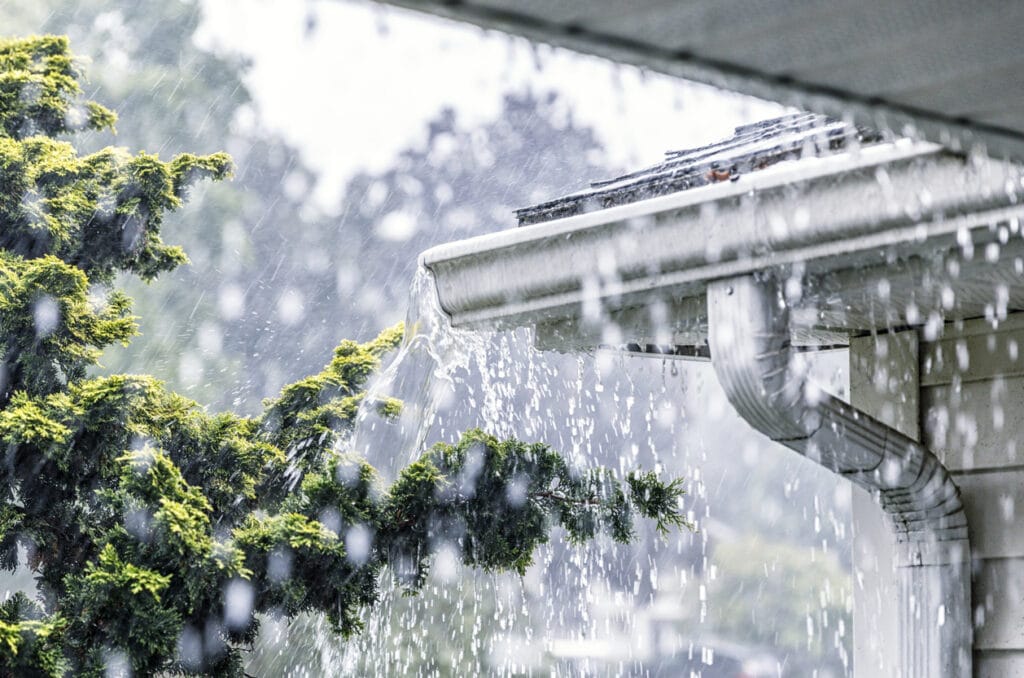Just an inch of water can result in $25,000 worth of damage to a home or business. Heavy rain, hurricanes, and the state’s low elevation can all result in flooding, resulting in significant damage to structures. Individuals shouldn’t count on their homeowner’s insurance policy covering the damage – a policy through FEMA may be required, depending on the source of the damage.
A homeowner’s policy typically won’t cover damage from flooding. When coverage for a water-related event is provided, there are certain criteria that must be met before repairs to structures and reimbursement for personal possessions are made.
Homeowner’s Policy
The typical homeowner’s insurance policy will cover damage from flooding when the source of the water originates inside the home. That can include a burst pipe, a leaky water heater, or a failed hose from a washing machine or dishwasher. However, if the insurer deems the damage was due to negligence on the part of the homeowner, the claim will be denied.
Storms can also produce strong winds that damage roofs. A claim for roof and water-related damage may be covered if the policyholder can prove the roof damage occurred prior to water entering the structure. A policyholder will also be responsible for mitigating water damage. Again, insurers often say the damage was due to negligence on the part of the homeowner as a means of denying the claim.
FEMA Flood Insurance
Individuals with flood insurance through the National Flood Insurance Program (NFIP), administered by the Federal Emergency Management Agency (FEMA), will have coverage for flooding. A FEMA policy is especially critical for those living in a designated flood hazard area. Flooding can occur at any time from excessive rain, poor drainage, a broken water main, or construction projects.
Localized flooding from heavy rain to tidal surges from hurricanes is reaching further inland than ever before. Even people that live outside a floodplain can benefit from FEMA flood insurance should a flooding event occur.
